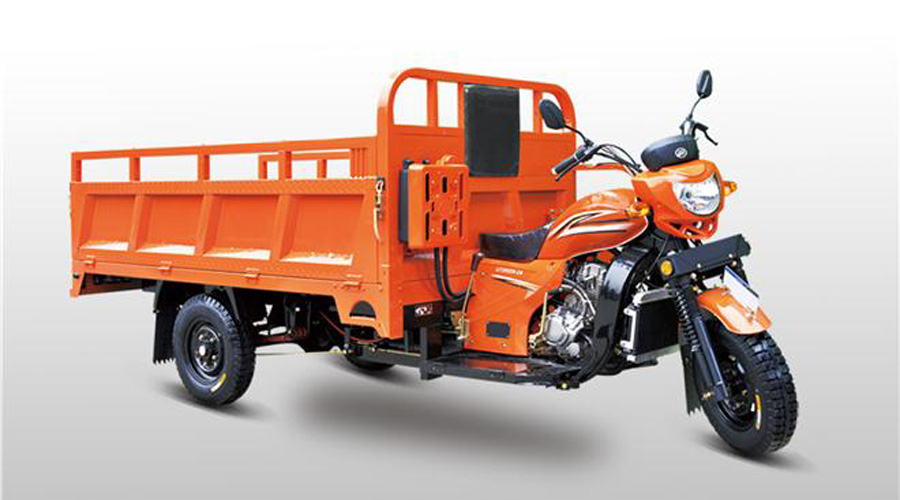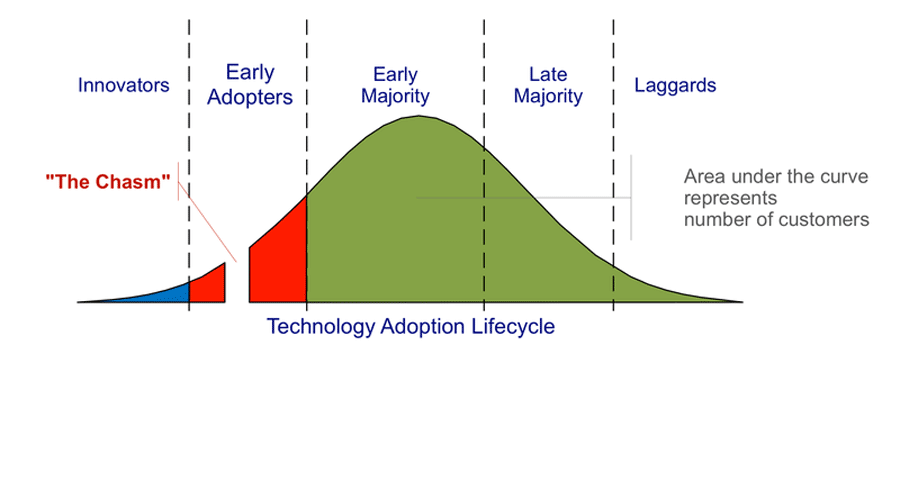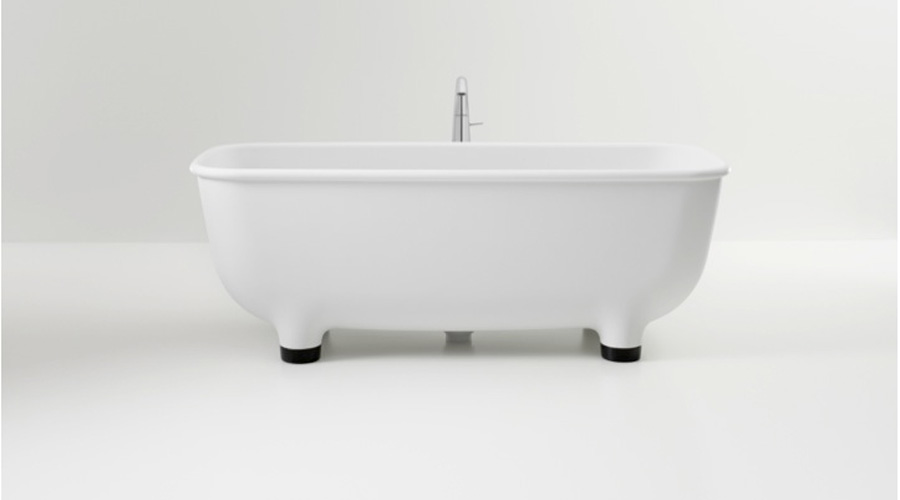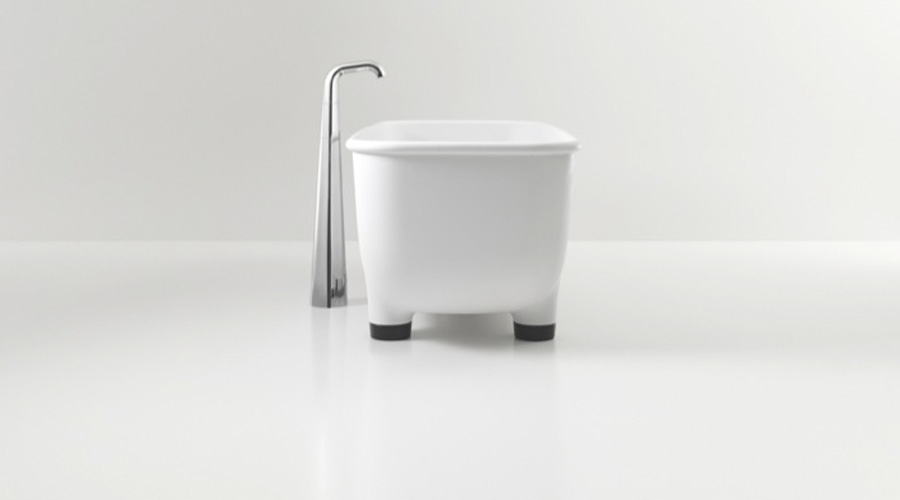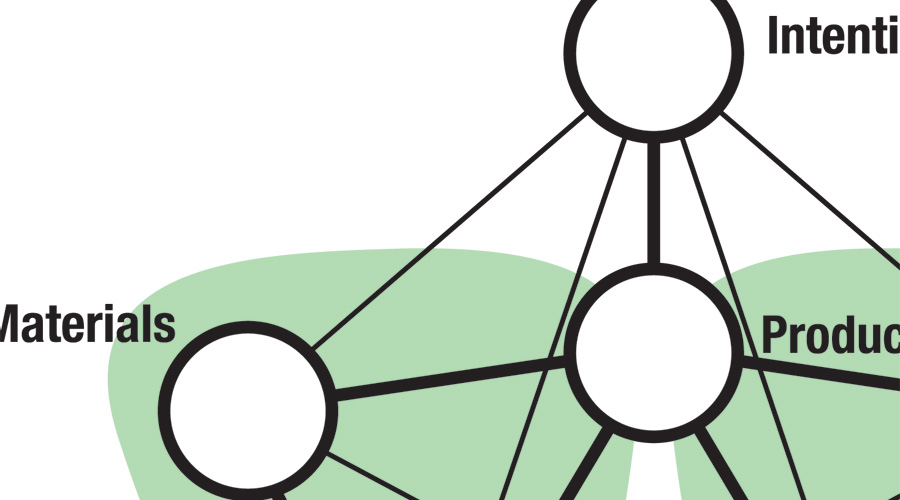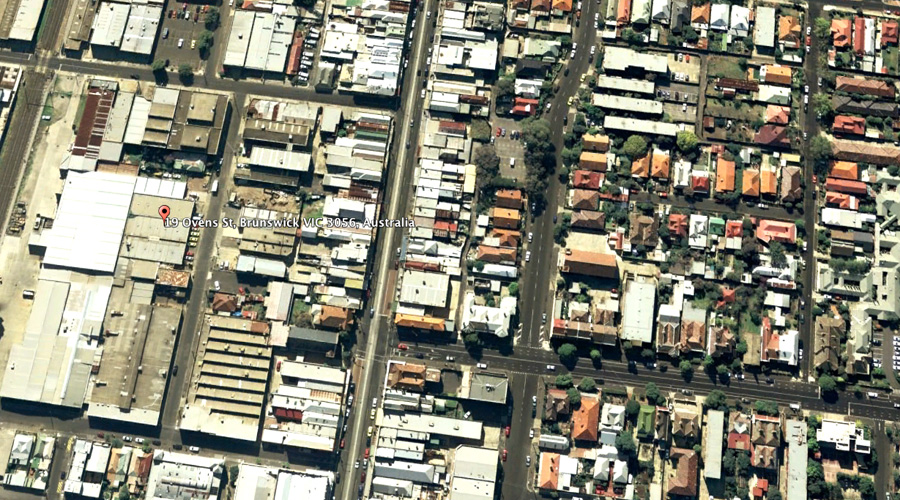AIDE: Week Nine
Teapot
Zisha artisan Gaofeng demonstrates making part of a square teapot
Cristalplant
CRISTALPLANT® is a unique, technologically advanced composite material. Marc Newson specified Cristalplant for his design for a new Caroma bath.
Transparent concrete
Introducing LiCrete Block
Bent concrete
"Surecrete" trade exhibit
Fabric formed concrete structure
New architectural and structural forms are being produced at the Centre for Architectural Structures and Technology (CAST) through very simple construction methods that use flat sheets of fabric as formwork molds for reinforced concrete construction.
Flushed
The making of toilet bowls
BIOLOX® Advanced Ceramics (2011)
Ceramic implants offer an alternative to titanium and plastics, delivering extreme ware resistance.
CeramTec is an international manufacturer and supplier of technical ceramics.
Ceramic printing
by Professor Stephen Hoskins, University of the West of England - Published on 6 Sep 2012
In this film we see how researchers at the Centre for Fine Print Research, Led by Professor Stephen Hoskins and his team, have developed new methods of creating ceramics using 3D printing technology and worked with Denby Potteries to test designs and develop prototype models in ceramics.
The team hopes to bring ancient tradition into the 21st century, joining together old and new hand-in-hand in a project that continues to push boundaries in this area of ceramic research. For further information, go to: www.uwe.ac.uk/sca/research/cfpr/
Ceramic printing
by Professor Stephen Hoskins, University of the West of England - Published on 6 Sep 2012
In this film we see how researchers at the Centre for Fine Print Research, Led by Professor Stephen Hoskins and his team, have developed new methods of creating ceramics using 3D printing technology and worked with Denby Potteries to test designs and develop prototype models in ceramics.
The team hopes to bring ancient tradition into the 21st century, joining together old and new hand-in-hand in a project that continues to push boundaries in this area of ceramic research. For further information, go to: www.uwe.ac.uk/sca/research/cfpr/
The Rise of the Creative Class
A relatively new class of workers who are young and passionate about their work, lifestyle and future. Money is not the motivation for endeavour - curiosity, challenge and respect are the key drivers.
This class of professional may have an impact upon your LCA mapping.
Download Presentation pdf
Assignment 2: Sustainability Analysis
Analyse the autopsy product discussing sustainability principles relating to your product.
Present the key components in a clear illustrative discussion, including:
The Materials life-cycle map
Map the source and eventual destinations of each autopsy material as pathways and intersections.
Discuss briefly the origins of the autopsy product within the context of the mapping result.
Postulate on the next generation within the context of the mapping result.
Manufacturing nodes
Discuss your group versions highlighting the comparative materials and manufacturing idiosyncracies.
Describe the assembly processes as annotated nodes on the map.
Include discussion about re-assembly and re-use by visualising the end-of life pathways on your map.
Table your findings.
Discuss the value of the product
Think of yourself as a consumer versus you as a designer.
Think about where the product was manufactured, the culture and environment the product was designed for and the implied product life cycle pathways of the end user.
Poll ten people on their perspectives on the product. Map their pathways of usage upon your map.
Table your findings
-
Discuss the end-of-life issues relating to the key autopsy components.
Present your findings at class in Week 9. Submission
Compile your reflections and data as a Case Study including iterative modifications of assignment One plus the Assignment Two components.
Present your Case Study mapping submission in Week 10.
